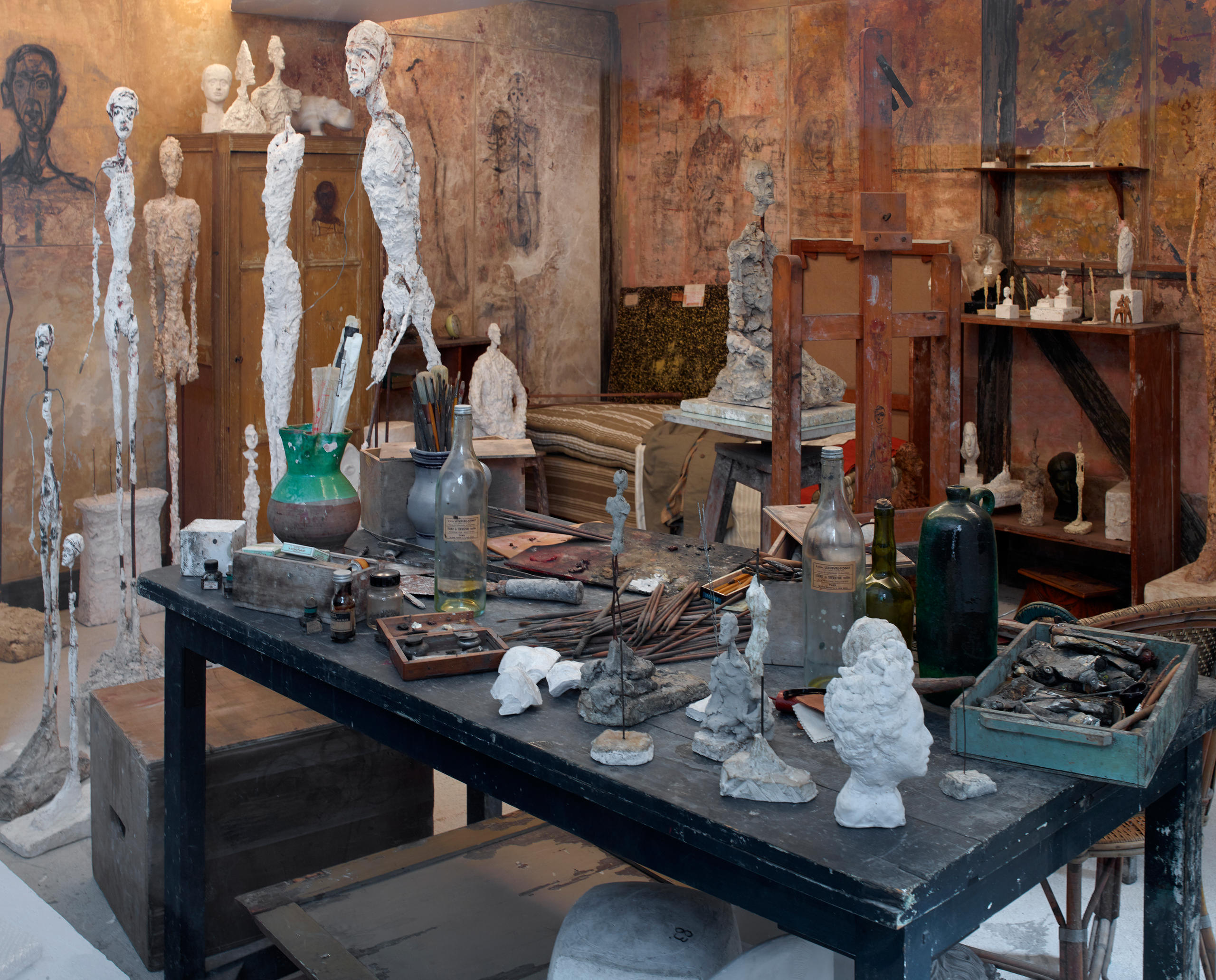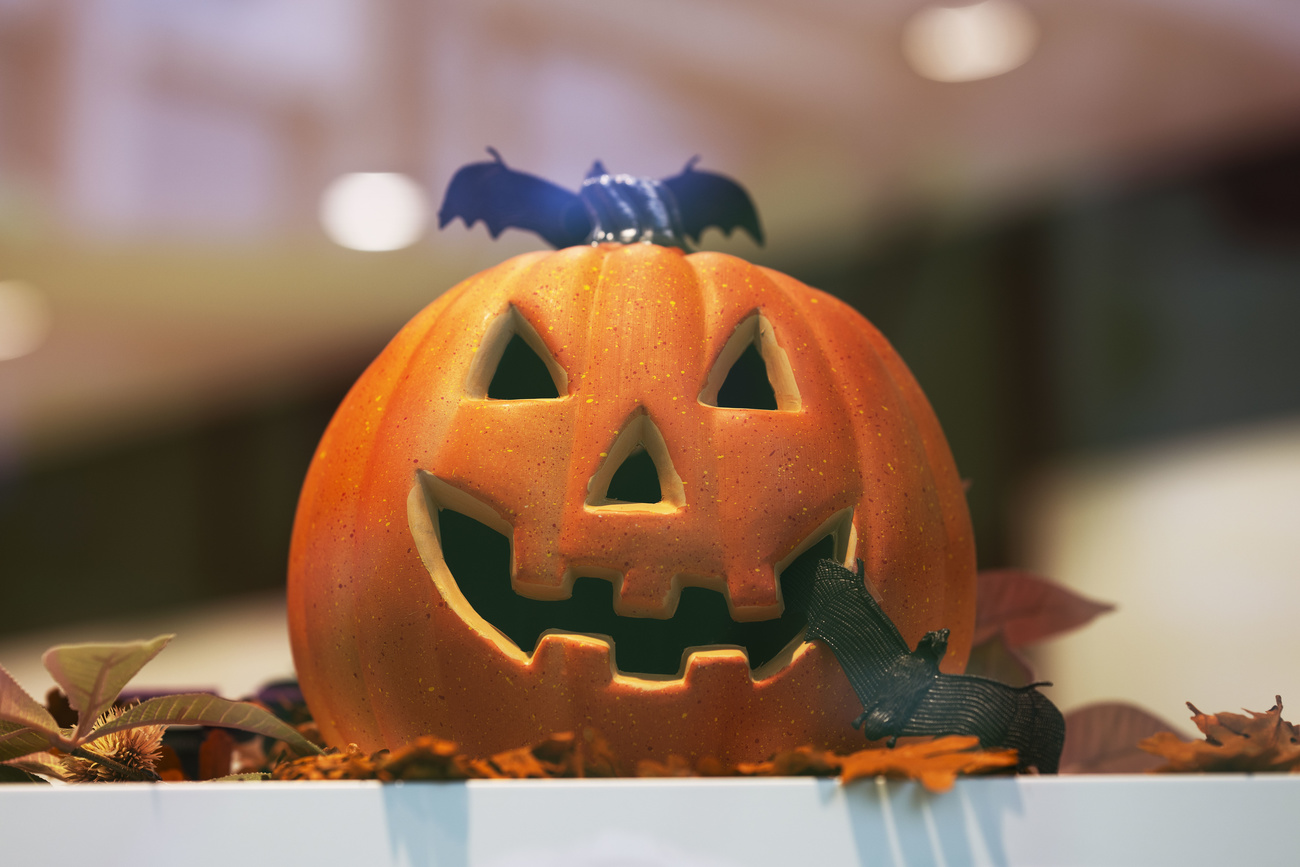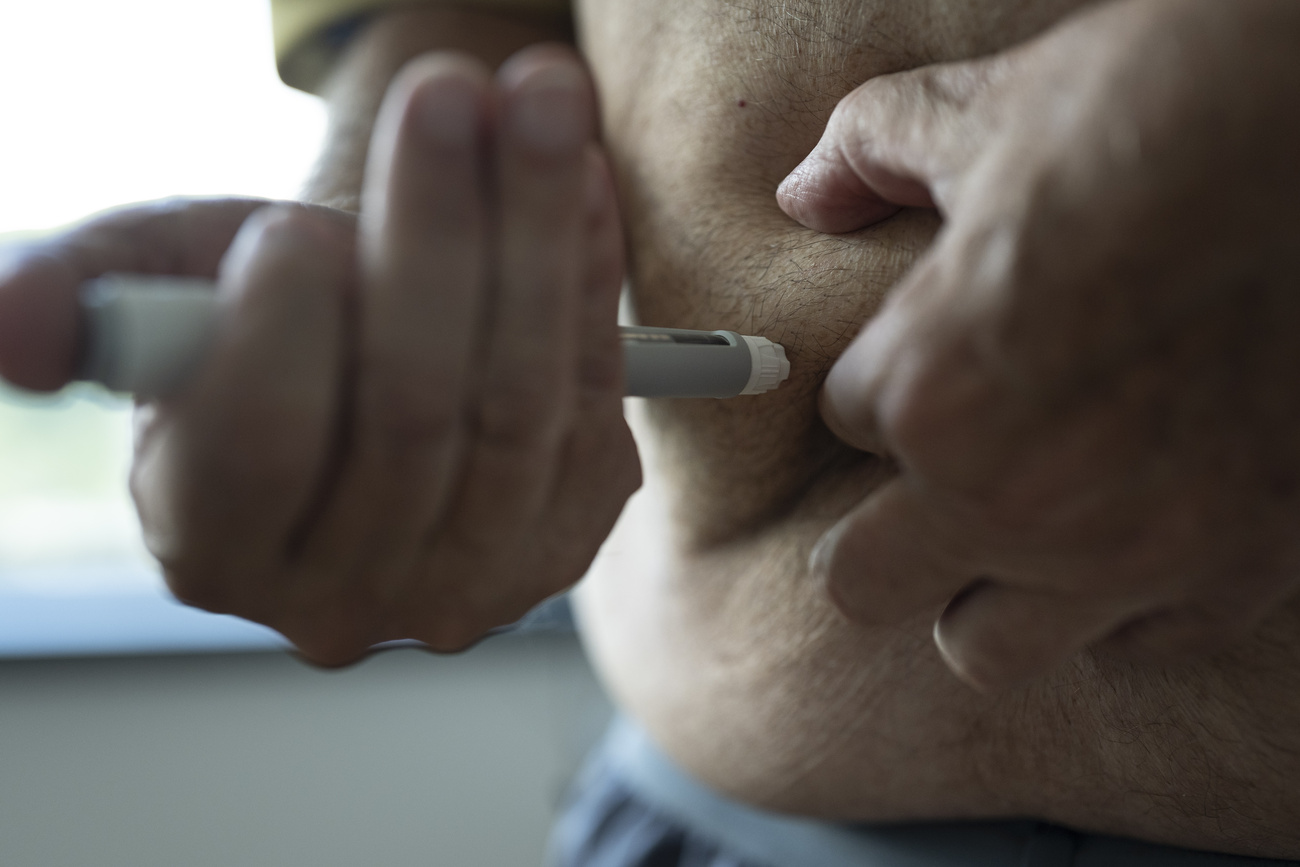
3D X-ray technique helps unravel archaeological mysteries

Swiss scientists have been able to identify unique objects unearthed from a Celtic settlement dating to Roman times using 3D images generated by a CT scanner.
A chainmail shirt believed to be over 2,000 years old was discovered at a dig in 2012 in the town of Le Mermont in canton Vaud in western Switzerland. However, it was fused with dozens of other objects making it difficult to analyse. Researchers from the Swiss Federal Institute of Technology in Lausanne (EPFL) used a computer tomography (CT) scanner to obtain 3D images of the shirt. The images were then used to reproduce the individual items using a 3D printer, leaving the fragile shirt intact.
“This research shows the potential applications of CT scanning technology in archeology, where finds are often complex, deformed, distorted or fused,” said study leader Pascal Turberg. “Using 3D imaging, we can pick these objects apart and reconstruct them.”
Thanks to the 3D X-ray method scientists were able to identify more than 160 objects tangled in the shirt compared to just 30 using 2D X-ray images. Some of these objects have been recreated on a 3D printer and include a furniture staple, two fibulas (Roman brooches with a spring-fastening mechanism), a cutting edge, and a pin for a cooking pot handle.
The recreated objects can be viewed at an exhibition at the Cantonal Museum of Archeology and History in Lausanne between April 26 and August 25.

More
Divers discover 5,000-year-old shoe in Swiss lake

In compliance with the JTI standards
More: SWI swissinfo.ch certified by the Journalism Trust Initiative






























You can find an overview of ongoing debates with our journalists here . Please join us!
If you want to start a conversation about a topic raised in this article or want to report factual errors, email us at english@swissinfo.ch.